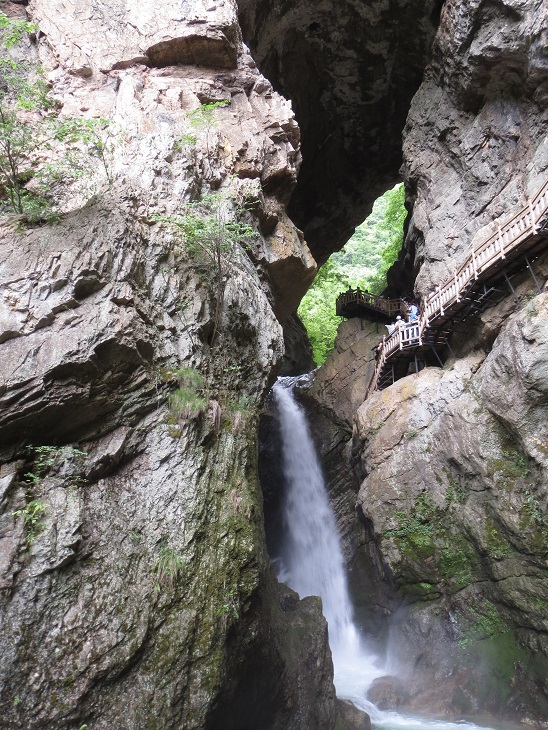Developing China’s national park system
In recent years, China has been making great strides in developing its national park system, which now includes 10 pilot national parks in 12 provinces across China. These parks cover an area of more than 200,000 square kilometers, which is almost the size of Yunnan province.
These national parks have been established to protect some of China’s most important flagship species such as the Giant panda (Ailuropoda melanoleuca), the Siberian tiger (Panthera tigris ssp. altaica), the Asian elephant (Elephas maximus) as well as the Snow leopard (Panthera uncia). Sanjiangyuan National Park, the first national park to be established in Qinghai province, will specifically focus on protecting the Snow leopard.
The Chinese government has taken many steps to develop its national park system.
Firstly, the central government issued a development plan and guidance on piloting the national park system. At the same time, the National Forestry and Grassland Administration was given the responsibility of managing all types of protected areas.
While many steps have been taken to further develop the national park system, the Chinese government is aware that more needs to be done. For example, there is a need to further develop the legislation, including the definition of functions, conservation targets and management principles of national parks. There is also a need to formulate relevant regulations for concessions that are aligned with the national legislation.
It is also necessary to establish standardised regulations, conditions, and procedures for establishing national parks in China.
Furthermore, the government also intends to develop an overall design programme for national parks to clarify the intended scale and layout of national parks. Priority for reviewing national park applications will be applied to pilot projects targeting flagship species, tropical rainforest and the Qilian Mountain range.
Asia Protected Areas Partnership (APAP) has been designed as a key platform to help governments and other stakeholders collaborate for more effective management of protected areas in the region. The partnership was initiated in 2013 at the first-ever Asia Parks Congress held in Japan, and formally launched the following year at the IUCN World Parks Congress in Australia. It is chaired by IUCN, International Union for Conservation of Nature, and co-chaired by an APAP member organisation on a rotational basis, beginning with the Ministry of the Environment, Japan. The Ministry of Environment, Republic of Korea, is the current co-chair.





